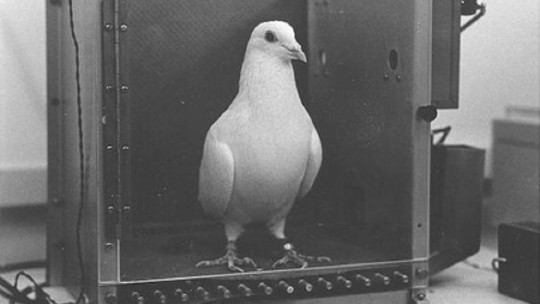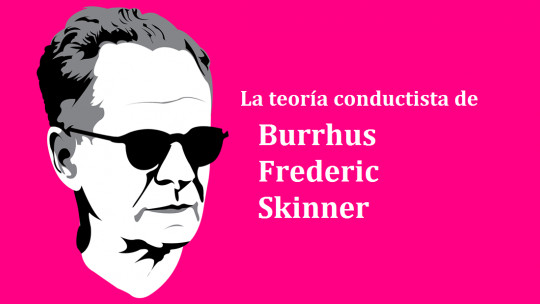
In learning psychology, numerous phenomena have been studied that have their theoretical basis in operant conditioning. Within this we find a concept called the law of equalization.
In this article we are going to see what the law of equalization consists of and how it was formulated.
Richard J. Herrnstein and operant conditioning
Operant conditioning, introduced by BF Skinner, is a form of learning through which a subject (human or animal) is more likely to repeat forms of behavior that carry positive consequences and less likely to repeat those that carry negative consequences.
The law of equalization It was initially formulated by Richard J. Herrnstein (1961) because of an experiment with pigeons on concurrent variable-interval schedules (that is, schedules where the criterion for administering reinforcement is the variable time elapsed since the last reinforcer was presented). We will see later and in more detail what these types of programs consist of.
In this experiment, the pigeons had two buttons in a Skinner box. Each button resulted in different food reward rates. It was observed how the pigeons tended to bite the button that produced the highest food reward more frequently than the other button. Furthermore, they did so at a rate similar to the reward rate.
What is the equalization law?
The law of equalization is an established quantitative relationship between relative rates of reinforcement and relative rates of response during the development of concurrent reinforcement programs. This is limited to establishing that there is a correlation between behavior and the environment.
This is a law that has helped psychologists and behavior analysts relate behavior to the environment and construct equations that clearly show how these two covary.
The law of equalization suggests that the response rate of a subject in an environment will be proportional to the amount or duration of positive reinforcement administered. Thus, the more positive reinforcement has been administered, the higher the response rate will be (and vice versa). Herrstein established this relative response rate as a law of behavior.
It is applied with sufficient reliability when non-human subjects are exposed to concurrent programs of variable interval, and its applicability in other situations is less clear, depending on the hypotheses formulated and the details of the experimental situation.
Mechanisms and theories
The law of equalization It has been experimentally verified in different species as well as in groups of subjects (not just individually).
This is a descriptive law of nature, and not a mechanistic law, since it does not explain the mechanisms responsible for the distribution of responses. Furthermore, it ignores when individual responses occur.
There are three types of theories that try to explain this law; are the following.
Molar theories
They mainly explain response sets and are associated with the total distribution of responses and the reinforcers that occur in the contexts in which it is necessary to choose.
Molecular theories
They focus on what happens at the level of individual responses and consider equalization as the net result of these individual choices.
Improvement Theories
They focus on behavioral characteristics that are neither molar nor molecular, but something in between.
Choice behavior: concurrent programs
The law of equalization, as we have seen, arises from concurrent programs involving choice behavior. The simplest choice situation is based on two answers to choose from, each of which are followed by a reinforcer.
Concurrent programs occur at the same time (or concurrently), and the subject is free to switch from one response key to the other.
One of its generalizations is that it refers to situations of forced choice (concurrent programs of reason), where it is obligatory to choose one of the options. Thus, in forced choice programs, the way to comply with the law of equality is to respond to a single alternative. For the subject, the most appropriate strategy will be choose the best alternative and stick to it.
Deviations in the equalization law
Sometimes the relative response rates are not always exactly equal to the relative rates of reinforcement in each response alternative; this is due to other factors may be influencing.
We are then talking about two different situations: under-equalization and over-equalization. In underequalization, the best option is chosen less than the law of equalization predicts. In overequalization, on the other hand, the best option is chosen more than what the law predicts.
The variables that determine the aforementioned deviations would be the following:
Use of different response topographies for each alternative
These involve different types of effort; for example flapping (alternative A) and pressing a key (alternative B).
The use of different reinforcers for each alternative
This means that an equivalence cannot be easily established.
The difficulty of changing from one alternative to another
For example, let’s think about subway transfers. Changing from one task to another involves some delay (difficulty or effort for the subject).








